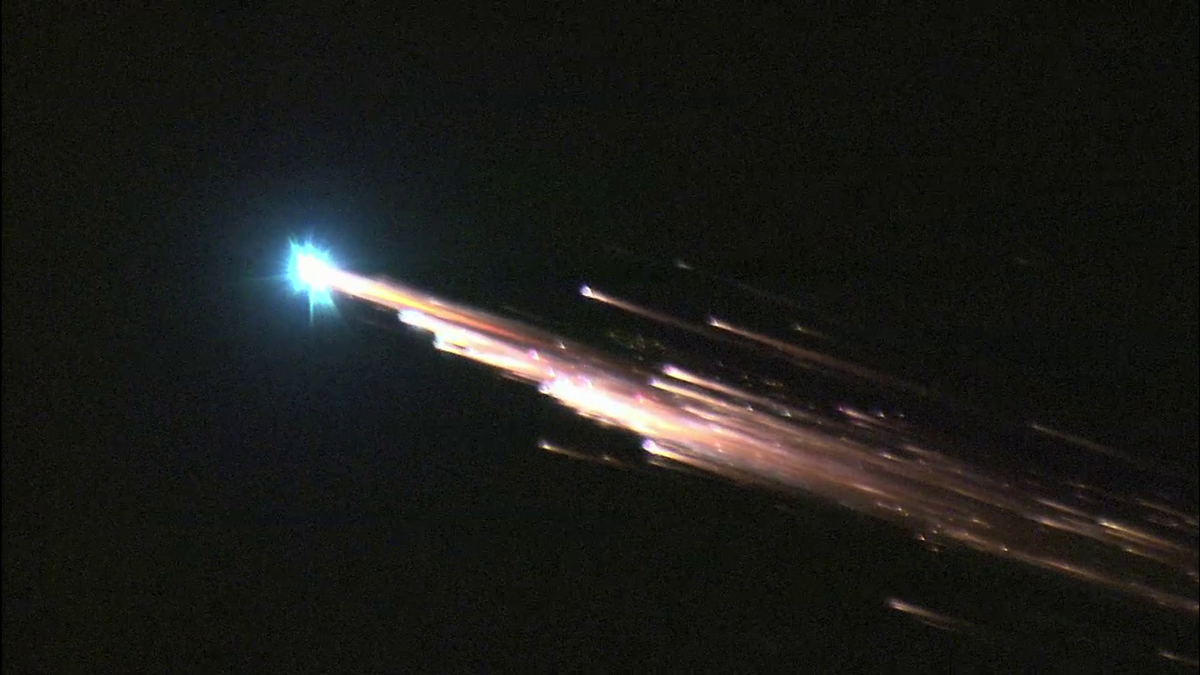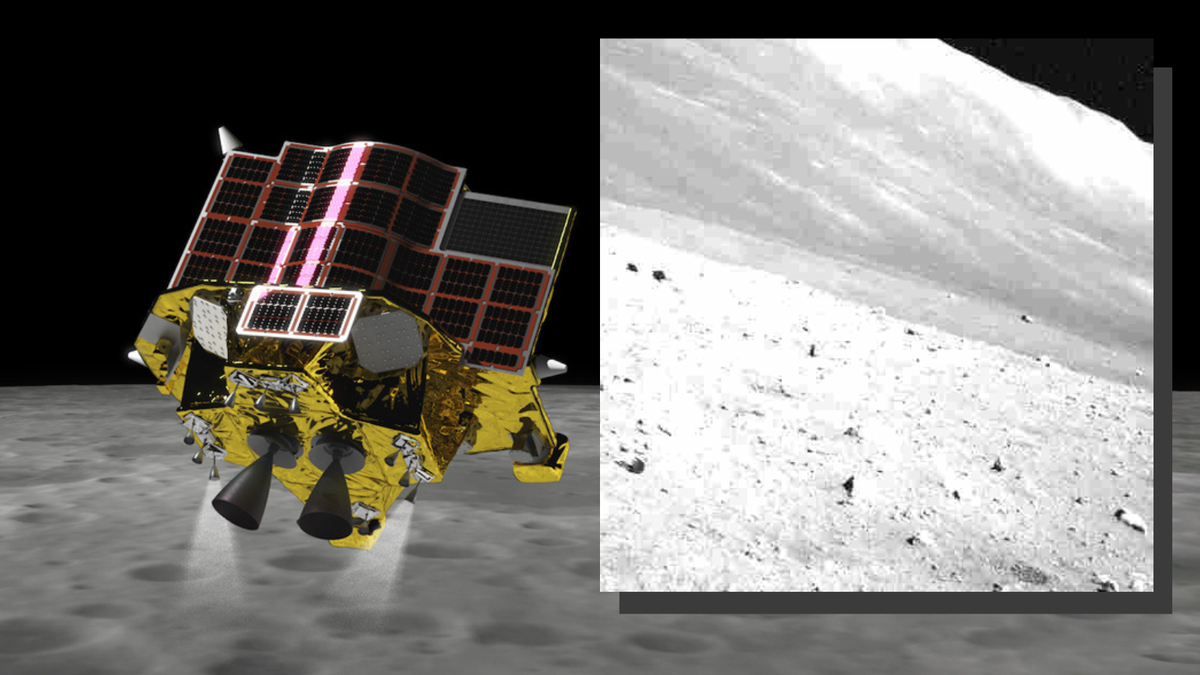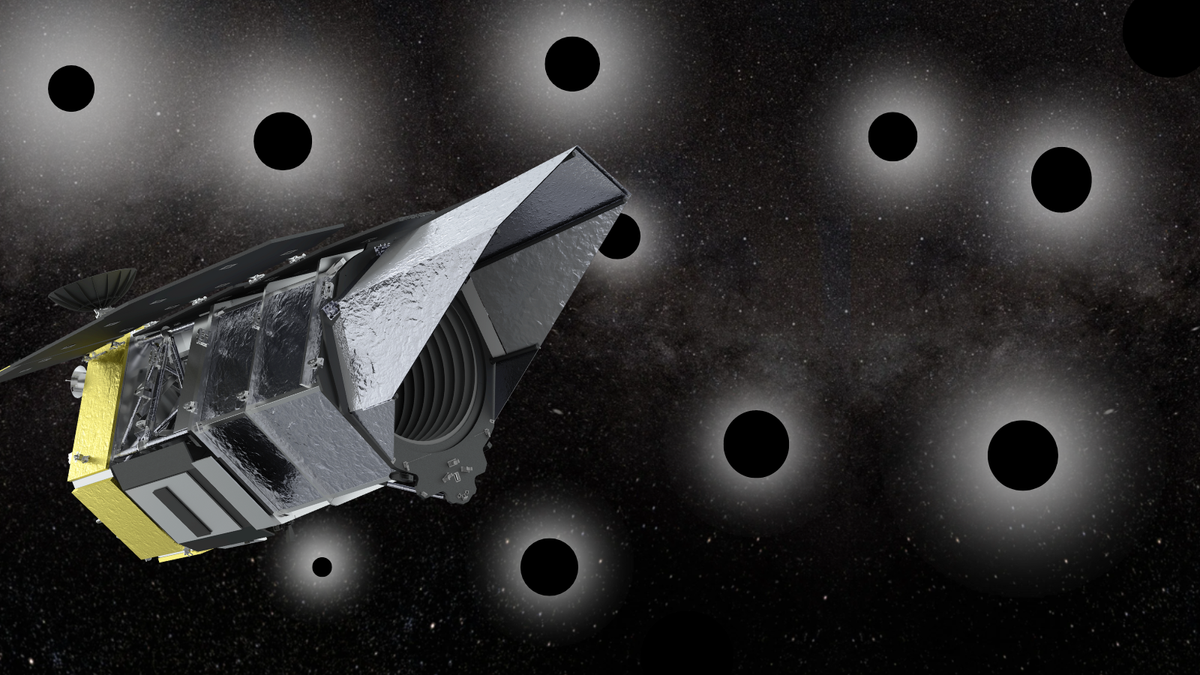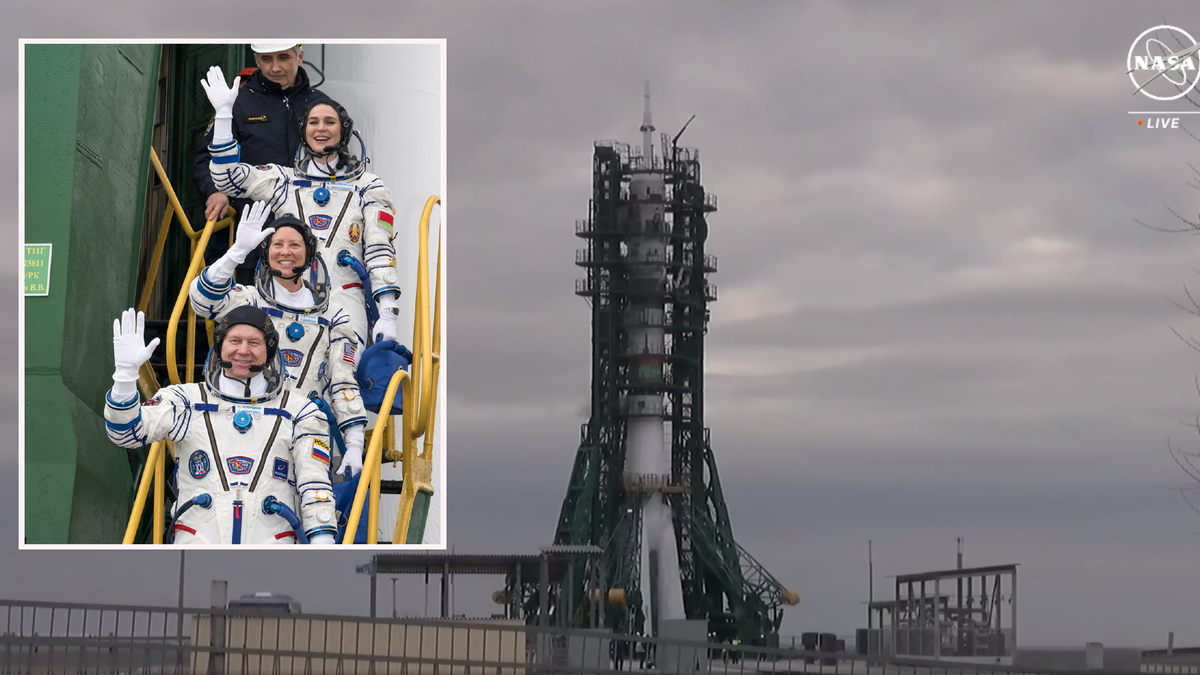The Increasing Concern Over Environmental Impacts of Spaceflight
The ramifications of spaceflight on our environment are becoming more pronounced as the number of spacecraft entering Earth’s orbit continues to rise. The escalating number of satellites disintegrating in the Earth’s atmosphere has become a major concern among scientists. A recent study delves into the concept of the emerging layer of “conductive dust” encircling the planet as a result of satellite re-entries and its potential effects on Earth’s protective magnetic field.
Unveiling the Issue of Conductive Dust
Sierra Solter-Hunt, a physicist and PhD candidate at the University of Iceland, shed light on this matter. She emphasizes the significance of the problem by stating, “We’re surrounding the planet with trash.” Solter-Hunt is the author of a new paper, published on the Arxiv online repository in December 2023, awaiting peer-review. Despite facing some skepticism regarding her findings, she aims to ignite discussions surrounding this crucial subject matter.
Solter-Hunt discovered the increasing presence of metallic dust in Earth’s upper atmosphere during her research on “plasma dust.” This dust emerges from interactions between ionized gas in the Earth’s upper atmosphere and microscopic particles resulting from meteorite impacts and satellite disintegration. Unlike meteors, satellites predominantly comprise highly conductive metals.
The Alarming Statistics
Calculations by Solter-Hunt estimate that approximately 450 kilograms of charged dust are left behind daily from space rock evaporation, a fraction of what a single re-entering Starlink satellite generates. Currently, one old satellite descends in Earth’s atmosphere daily, a number expected to escalate as megaconstellations like SpaceX’s Starlink expand their fleets.
Upon completion of SpaceX’s second-generation Starlink constellation, the re-entry rate is projected to reach 23 satellites per day. The influx of conductive material poses challenges in modeling its impact on Earth’s magnetic field due to aluminum’s superconductive nature, as highlighted by Solter-Hunt.
Risk to Earth’s Magnetic Shield and Ozone Layer
The accumulation of conductive dust from re-entering satellites surpasses the mass of Earth’s Van Allen radiation belts and poses concerns for Earth’s protective magnetic shield. Solter-Hunt fears that potential perturbations could weaken the shield, exposing the planet to harmful cosmic radiation.
Additionally, the conversion of satellite aluminum into aluminum oxides during re-entry presents a danger to the ozone layer. Previous studies, including Aaron Boley’s research, have addressed the threat posed by satellite debris to the ozone layer. Scientists, such as atmospheric chemistry expert Karen Rosenlof from NOAA, emphasize the importance of cautious consideration of these findings.
Anticipating Future Challenges
As rocket launches and satellite flights escalate, the atmospheric concentration of rocket exhaust and burnt space junk particles is poised to increase significantly. Analogous to the accumulation of greenhouse gases, the long-term consequences may only materialize over the coming decades. Solter-Hunt urges a thorough examination of the implications of megaconstellations on environmental pollution, stressing the need for comprehensive understanding in this evolving scenario.
Image/Photo credit: source url





